Editors’ Picks




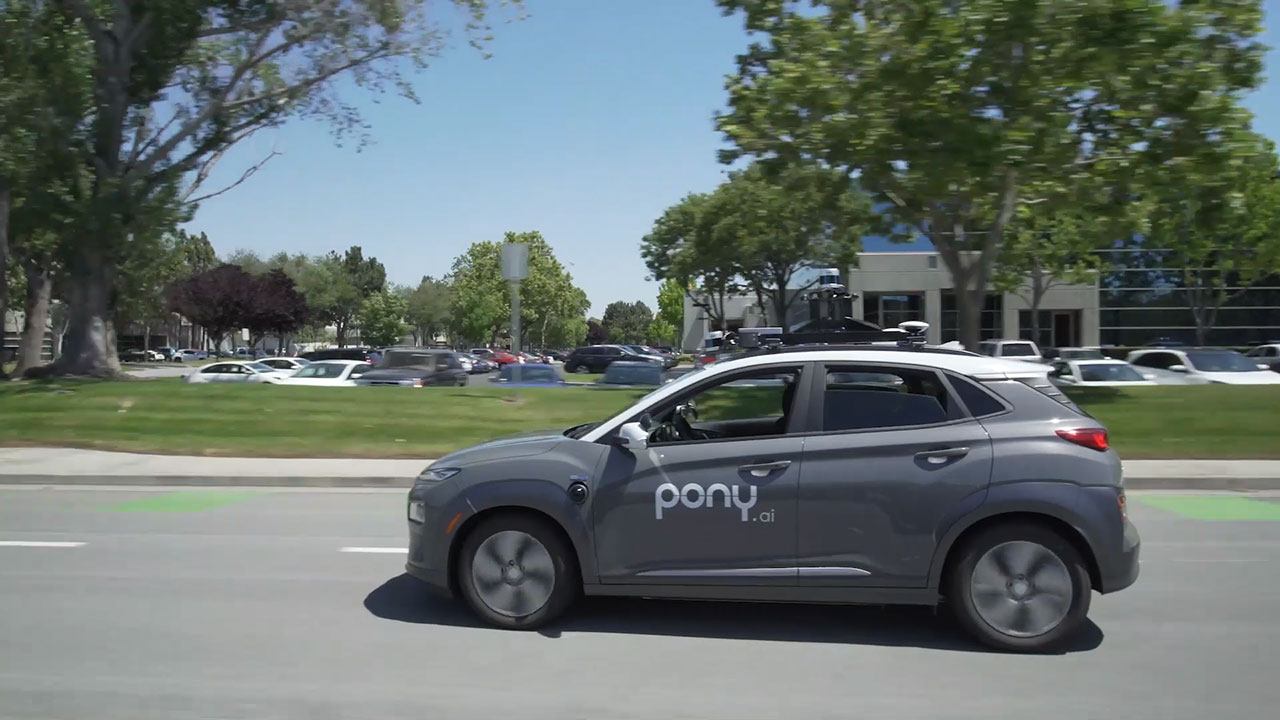
Found in Robotics News & Content, with a score of 15.13
…and Milpitas, Calif., in addition to testing in Guangzhou, China. The company claimed that it is the first to conduct fully autonomous vehicle testing “across two of the world's most dynamic mobility markets.” “Going completely driverless is key to achieving full autonomy and an indispensable catalyst to realizing our ambitious vision,” said James Peng, founder and CEO of Pony.ai. “As we continue to grow and scale, we extended our community responsibility from contactless delivery services throughout the pandemic in California last year to fight against the new COVID-19 outbreak in Guangzhou.” Founded in 2016, Pony.ai said it is a pioneer…

Found in Robotics News & Content, with a score of 17.43
…a necessary response to the competitive threat posed by China. China is poised to dominate the industrial robotics market of the future, due to its national plan for technological supremacy and the billions of dollars its government has invested in critical technologies, compared with the U.S.’s focus on private-sector development. The “Made in China 2025” plan started as a 10-year vision of shifting China from a low-end manufacturer to a high-end producer of goods, with the intent of making China dominant in global high-tech manufacturing. This requires Beijing to transition the country’s existing manufacturing infrastructure and labor market toward research…

Found in Robotics News & Content, with a score of 8.98
…$300 million (U.S.) in Series D funding. The Shanghai, China-based company said it plans to use the money to continue research and development of optoelectric chips and to scale up production of its hybrid, solid-state lidar to 1 million units. Founded in 2014, Hesai said its goal is to provide high-performance products that can be mass-produced and customized. Its technology includes photoelectric chips, automated production, and perception capabilities based on deep learning. The PandarXT lidar is designed for applications including robotic deliveries, mapping, and surveillance, according to Hesai. The company has more than 500 employes and customers in 70 cities…
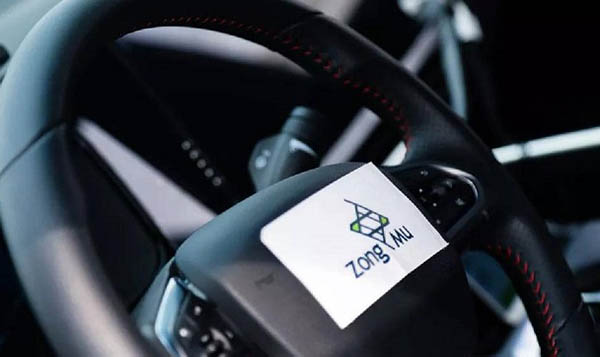
Found in Robotics News & Content, with a score of 15.21
…$190 million (U.S.) in Series D funding. The Shanghai, China-based company said it will work with international partners to form a complete product line, from semiconductors and sensors to manufacturing, for assisted and autonomous driving. Founded in 2013, ZongMu has six research and development centers across China and in Stuttgart, Germany, as well as two factories in China. The company supplies advanced driver-assistance systems (ADAS) such as lane departure and blind-spot detection to customers including BAIC Group, Chang'an Automobile, FAW Group, Geely, and Li Auto. ZongMu focuses on autonomous parking ZongMu's products include the SurroundView vision system, the ZATLAS learning…
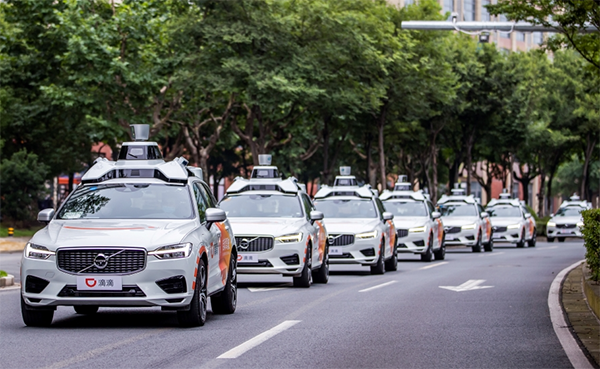
Found in Robotics News & Content, with a score of 6.07
…a strategic partnership with the Huadu District of Guangzhou, China, to invest in self-driving research and development and commercial applications. DiDi, GAC partnership deepens The latest round of financing includes $200 million from Guangzhou Automobile Group (GAC), following the announcement of DiDi's partnership with GAC Aion New Energy Vehicle Co. last month. The companies said they plan to combine DiDi's R&D capabilities with GAC Aion's expertise in engineering and manufacturing electric vehicles. “The parties will co-develop a self-driving new energy car model for large-scale commercial application with the aim of entering accelerated mass production, through innovating across primary areas such…
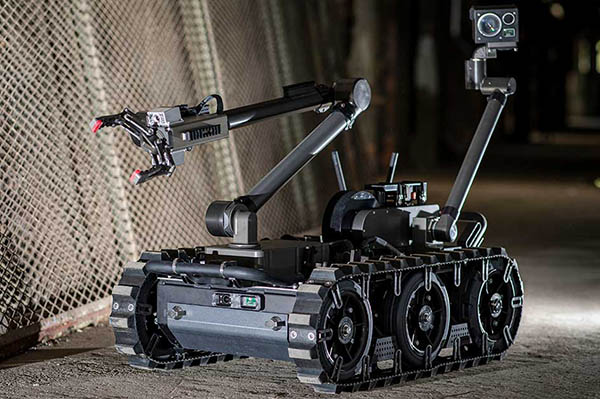
Found in Robotics News & Content, with a score of 6.02
…as the U.K. and rivals such as Russia and China are also pursuing semi-autonomous systems, and a new arms race could already be under way. Asymmetrical conflicts have also seen increasing use of technologies such as AI and drones, as demonstrated in Israel's “Iron Dome” air-defense system intercepting six drones during the current hostilities with Hamas. The global market for military robotics will grow from $11.92 billion in 2019 to $52.16 billion in 2027, predicted Emergen Research. Other industry analysts estimated the market at $21.4 billion in 2019 and forecast a compound annual growth rate (CAGR) of 12.82% between 2020…
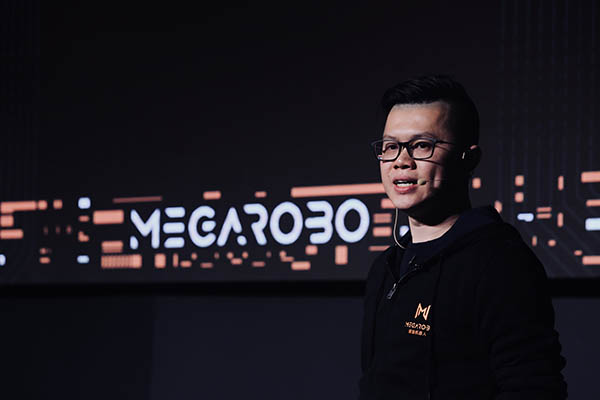
Found in Robotics News & Content, with a score of 10.84
…It also has offices in Shenzhen, Shanghai, and Suzhou, China. MegaRobo focuses on lab automation Traditional industrial robots are designed for highly standardized working environments, where robots are programmed to perform repetitive tasks on the factory floor. MegaRobo claimed that its robots are designed to be easy to use for industries beyond manufacturing. The company said its modular systems integrate machine vision and artificial intelligence. MegaRobo said its robots include fully embedded connectivity capabilities, so every robot can be used as a data-gathering terminal and transmit real-time operational data to the MegaCloud platform. MegaRobo also offers AI-based algorithms to process…
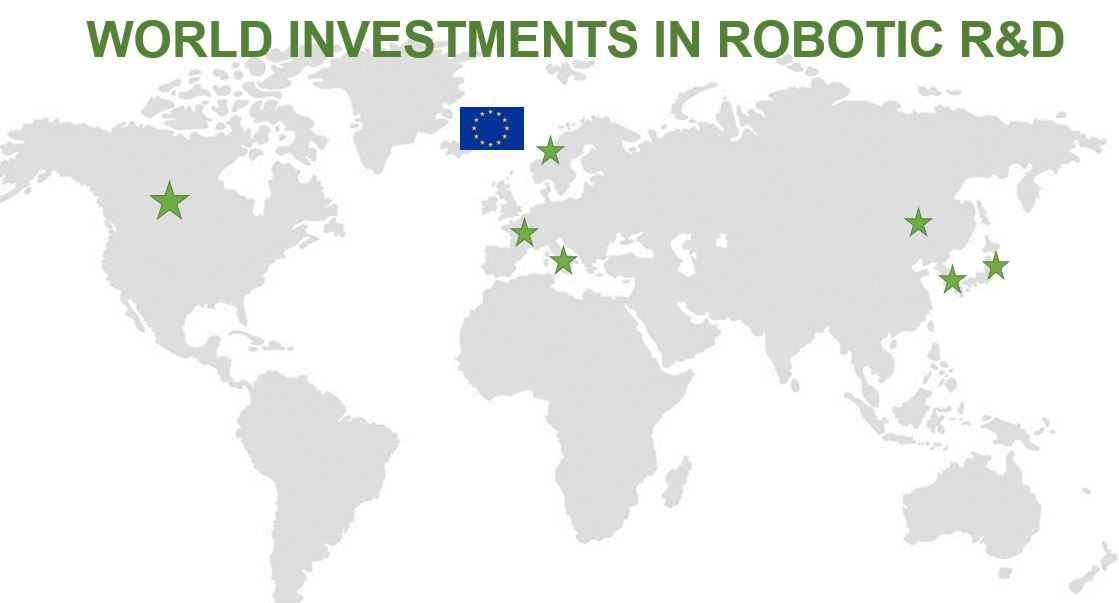
Found in Robotics News & Content, with a score of 8.39
…robotics countries, South Korea, Japan, Germany, [the] USA, and China follow up a very different strategic focus.” Global robot densities. Source: International Federation of Robotics East Asian governments focus on innovation The “Made in China 2025” plan has promoted since 2015 robotics innovation and usage across industries, particularly in manufacturing and service applications, said the IFR. Beijing has made no secret of its desire to grow from the world's leading manufacturer and user of robots to the world's leading producer. “China wants to cultivate at least three leading enterprises with international competitiveness and create more than five clusters of robot-supporting…
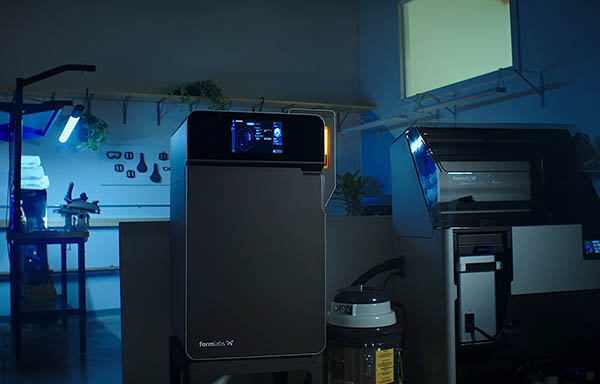
Found in Robotics News & Content, with a score of 4.20
…grow its team across its offices in Germany, Japan, China, Singapore, Hungary, and North Carolina. “The industry is undergoing a renaissance, and Formlabs is leading the way,” stated Max Lobovsky, co-founder and CEO of Formlabs. “The 3D printing industry market size is expected to reach $51.77 billion by 2026, and Formlabs is the company to drive this growth forward. Where others have promised printers capable of mass production and end-use quality parts, Formlabs has delivered.” Formlabs said it “is on a mission to expand access to digital fabrication, so anyone can make anything.” The company offers stereolithography (SLA) and selective…
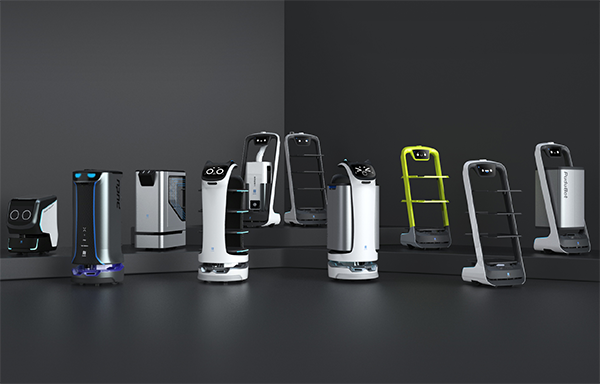
Found in Robotics News & Content, with a score of 12.27
…of 500 million yuan ($78 million U.S.). The Shenzhen, China-based company provides mobile robots for service applications including delivering food in restaurants, monitoring security, and disinfection. PuduTech said it will use its latest funding for technology research, expanding its product line, and developing domestic and foreign markets. The company, which was founded in 2016, noted that half of its 1,000 employees are devoted to research and development and that it has applied for more than 600 patents. “The spirit of the inventor” is the first principle of Pudu's corporate culture, stated founder Zhang Tao. PuduTech focuses on delivery technologies Among…
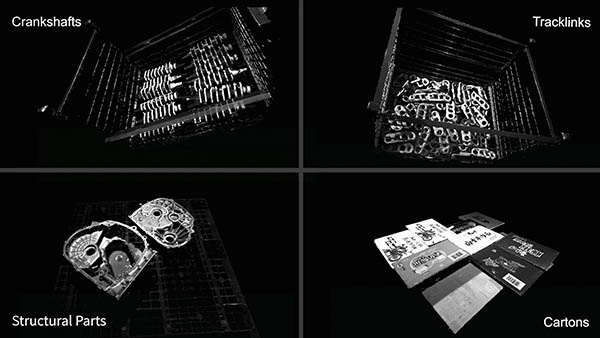
Found in Robotics News & Content, with a score of 7.44
…plants, warehouses, banks, and hospitals in countries such as China, Japan, South Korea, Germany, and the U.S. Mech-Mind has more than 350 employees worldwide and said it is committed to helping “clients pioneer the next frontier of manufacturing and democratize access for AI-defined robotics to small, midsize, and large businesses alike.” The recent investment was led by Chinese technology giant Meituan, with participation from existing investors including Sequoia Capital China and Source Code Capital. Mech-Eye Laser designed to work in bright light Industrial 3D cameras play an essential role in modern manufacturing. Yet, when it comes to actual factory and…
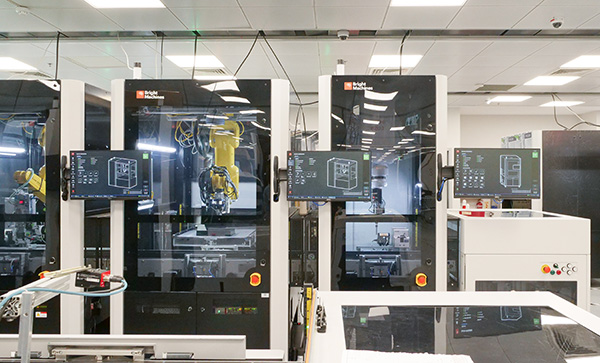
Found in Robotics News & Content, with a score of 3.72
…as well as field operations in the U.S., Mexico, China, and Poland. “I am very proud of the solutions we’ve delivered and the positive benefits our customers have realized as a result,” Hanspal said. “Going forward, we plan to substantially accelerate our growth and better service our customers by doubling down on software and expanding our reach through new sales channels and geographies.” Bright Machines reimagines manufacturing Over the past few years, global manufacturing has faced challenges including global trade conflicts, supply chain disruptions, labor shortages, and pandemic-induced factory closures, said Bright Machines. More and more companies are accelerating their…



